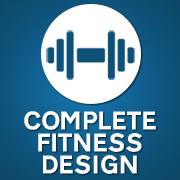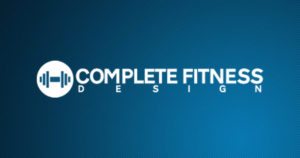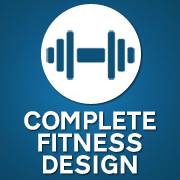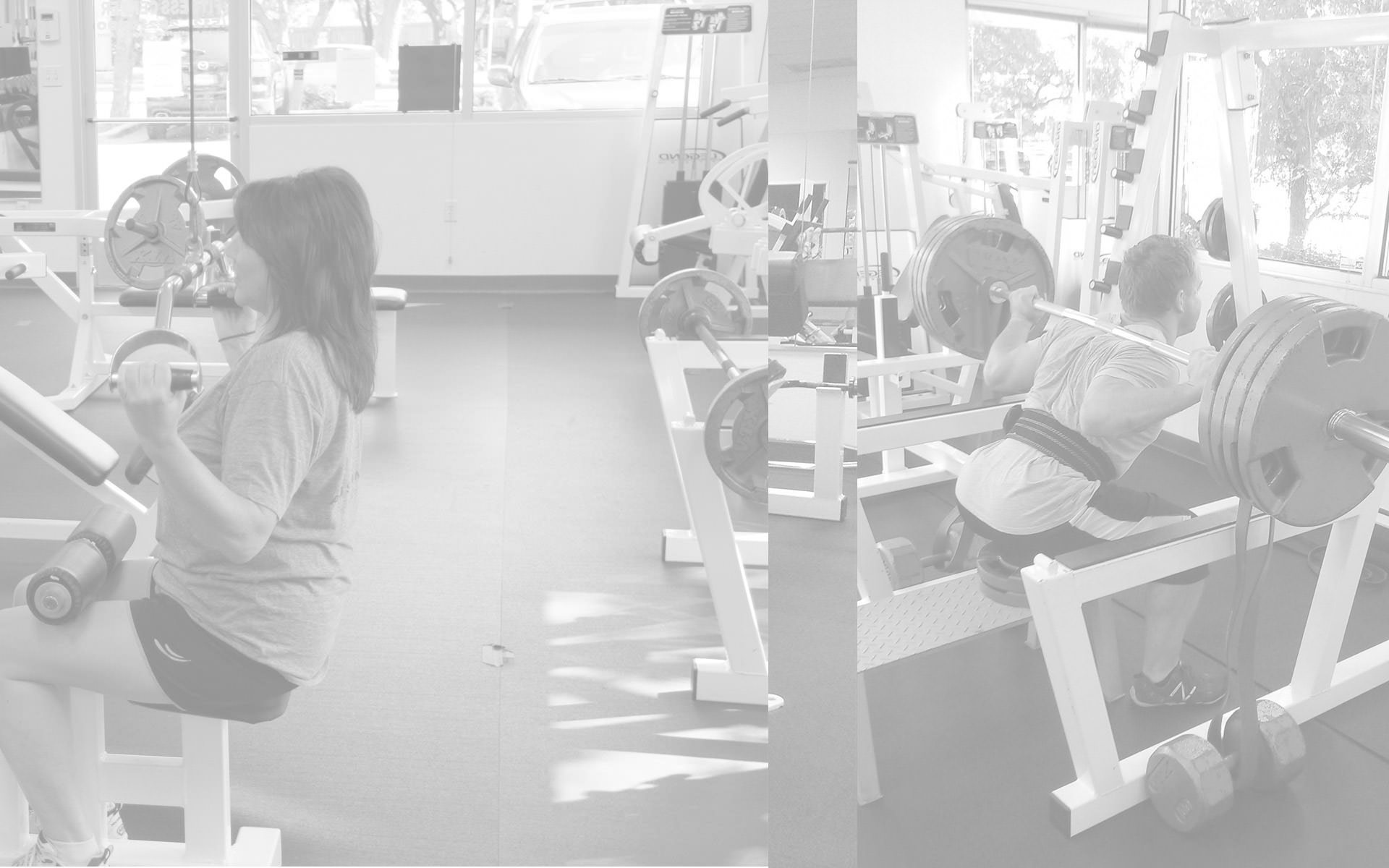What Are Some Rotator Cuff Exercises You Can Do?
22 years ago, when I decided I wanted to become a personal trainer in Austin, I didn’t know much, but I knew I didn’t want to become the epitome of the stereotypical personal trainer. I got asked a lot of questions in gyms, and more often than not as a rookie, I didn’t have a good answer so that did nothing more than inspire me. I wanted to be able to do more with my clients. I wanted to be able to help them on more levels than just say weight loss, for example. I decided I was never going to stop learning. My resolve has stuck all these years. I began doing bodywork, physical therapy, etc, just a few years into my career. I still find it fascinating how the body works and simultaneously, extraordinarily satisfying to help people. Naturally, when people see me at my gym working with clients, I get asked a lot of questions, but these days I have better answers for them. A very common question I get from people from all walks of life is what are the best rotator cuff exercises?
It’s impossible to say what the best rotator cuff exercises are for an individual without firsthand knowledge of an individual’s condition. For example, are they so tight in the infraspinatus that they suffer from radial nerve impingement? Is a supraspinatus so tight they can’t raise their arm(s) overhead?
What Muscles Comprise The Rotator Cuff?
The rotator cuff is comprised of 4 muscles that are a cuff (hence the name) around the humerus bone inside the joint of the shoulder. The infraspinatus, supraspinatus, teres minor, and the subscapularis. Each one of these muscles plays an important role in the stabilization of the shoulder throughout different planes and ranges of motion. The infraspinatus is a triangular shaped muscle that is responsible for the external rotation of the humerus. Simply put, when you extend or withdraw your arm in a rearward motion, it is responsible for your ability to do so. It also serves to reinforce the shoulder joint’s capsule.The supraspinatus is a rather small muscle that runs from the scapula to the humerus. It’s chief function is the first 15 degrees of abduction of the humerus, or in other words, the pulling of the arm across towards the center of the body. The teres minor and the infraspinatus work together with the rear deltoid to rotate the humerus laterally, or in other words, away from the body. Lastly, the subscapularis is a triangular shaped muscles which is responsible for the medial rotation of the humerus.
Rotator cuff injuries are fairly common and like any injury to any tissue in the body, have varying degrees of severity. The most commonly injured rotator cuff muscle is by far and away the supraspinatus. Tendinitis of the supraspinatus is also a fairly common affliction which is in essence an inflammation of the muscle. This produces considerable pain and a greatly reduced range of motion throughout the shoulder joint for anyone suffering from it. If the trainee is considering what the best rotator cuff exercises are for their needs, first we need to ascertain that there are no injuries, extraordinary tightness’s, or imbalances throughout the region. If we were to begin working out those muscles and they were inflamed or shortened, for example, you are running a great risk of either a tear, or even a detachment.
Assuming the 4 muscles of the rotator cuff are in good enough condition, there are a plethora of exercises to choose from. Considering the functions of those muscles, we would need to be specific to the needs of the trainee when prescribing such activities depending if the underlying reason for the strengthening was simply preventative maintenance, or rehabilitative. Since the rotator muscles are tasked with rotations and extensions of the shoulder joints, you can begin with an easy motion of pulling your arm across the front of your body so that your bicep is near your chin, and then retract it. Repeat this for repetitions and sets, and you are doing a supraspinatus exercise. This, like all rotator cuff exercises should be done with extremely light weight, if any at all, and a slow range of motion. There should never be any jerking, forcing, or bouncing throughout any of the range of motion or you’re simply asking for injury.
Overhead presses are another example of great rotator cuff exercises so long as they are done properly. It is very important to keep the arms perfectly lined up with the ears as tilting them forward can have an ill effect on not only the teres minor, but the anterior deltoid as well. Rearward pulls, or retractions with the arms, is another example of good rotator cuff exercises. Another thing to consider, is that anytime you are working the deltoids, the rhomboids, the latissimus dorsi, or the pectorals, you are performing rotator cuff exercises. Depending upon the exercise, the trainees postural imbalances, and of course, form employed throughout the range of motion, you will be working the rotator cuff muscles almost directly.
Before you begin any rotator cuff specific exercises, especially if one or any of them have been injured, you need to be sure that there are no remaining issues within the shoulder joint, or to the actual muscles themselves. If you’re not sure, consult a qualified personal trainer, physical therapist, or orthopedist.
Ready to Get Started?






